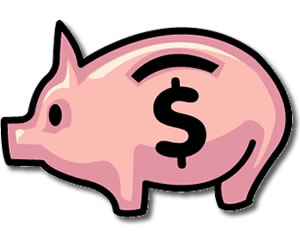The "Domestic Diva" side comes out of me every time I do it...for real! It's one of those projects that really isn't hard but brings satisfaction almost every day. I love looking in the cupboards (or above the cupboards in my case) and seeing all of the bottled goodness just waiting to be enjoyed. It seriously brings me so much joy.
I thought I'd take pictures of the process of turning garden tomatoes into beautiful homemade "Ragu" sauce. Enjoy!
 I wish I could say that this beautiful bounty is from our garden but after two years of success, this years garden struggled...really struggled. Thank goodness we have a wonderful neighbor who has more bounty than she can handle and calls us every other day begging us to "come and pick". We've been very happy to help her out ;)
I wish I could say that this beautiful bounty is from our garden but after two years of success, this years garden struggled...really struggled. Thank goodness we have a wonderful neighbor who has more bounty than she can handle and calls us every other day begging us to "come and pick". We've been very happy to help her out ;)  I used my trusty Blendtec to blend the tomatoes, skins and all into a wonderful sauce and then added some tomato paste to thicken.
I used my trusty Blendtec to blend the tomatoes, skins and all into a wonderful sauce and then added some tomato paste to thicken.This is my Aunt Coralee's recipe with a few little additions of my own!
 Just a tablespoon of lemon give them that little boost of acid just to be safe.
Just a tablespoon of lemon give them that little boost of acid just to be safe. Look at all of those crystal clear bottles...soon to be filled
Look at all of those crystal clear bottles...soon to be filled Bath time!
Bath time! The finished product! Now I can put them on the shelf and
The finished product! Now I can put them on the shelf andadmire them just like little pieces of art! Oh yeah, and eat them too.
 This is what happens to Norah when Mom is busy canning and can't save her from her evil twin sisters....Someday she'll get to taste the wonderful sauce and know it was all worth the torture.
This is what happens to Norah when Mom is busy canning and can't save her from her evil twin sisters....Someday she'll get to taste the wonderful sauce and know it was all worth the torture.
















 Your emergency fund should be for an EMERGENCY! Not, “I really, really want to go to this concert,” or, “I really need a diamond studded dog-collar for Tinkerbell.”
Your emergency fund should be for an EMERGENCY! Not, “I really, really want to go to this concert,” or, “I really need a diamond studded dog-collar for Tinkerbell.”